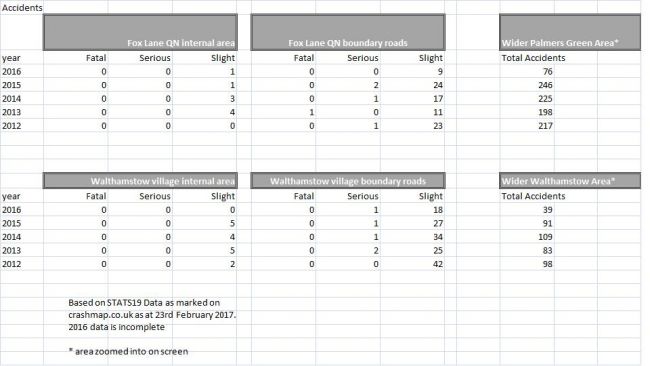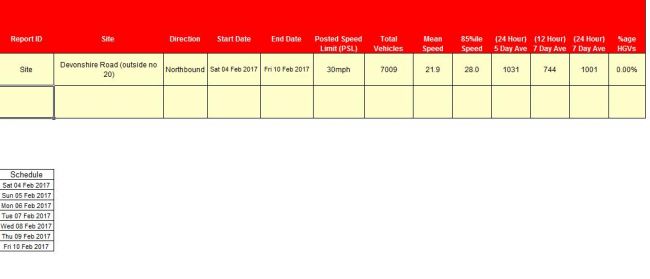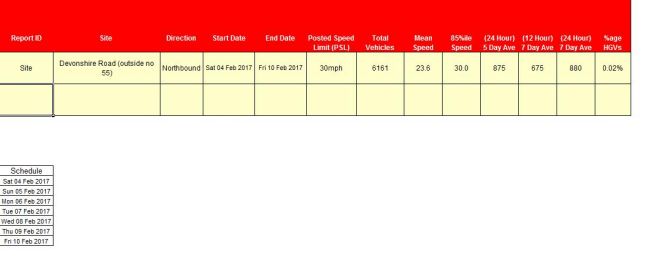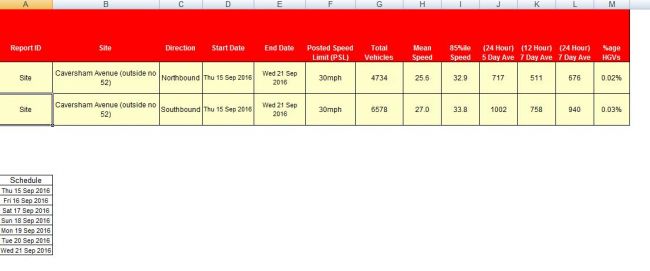As reported earlier, Enfield Council will resume work on creating Quieter Neighbourhoods with the next few weeks. Although the residents-led workshop approach will now not be used and the Council will be coming up with proposals and seeking feedback, this still leaves room for residents to float their own ideas before the Council sets out theirs.
One resident of Old Park Road has done just that, and has produced some concept visualisations designed to spark up discussions with neighbours. Please note that these are very much concepts - the drawings that they are based on are not sufficiently accurate to allow calculation of turning circles, emergency vehicle requirements etc.
Quieter Neighbourhood and traffic calming
Concept Visuals for Old Park Road to inspire discussion
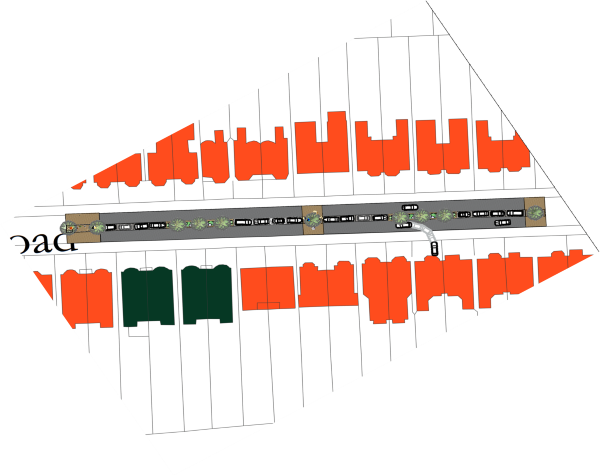
Basic principle - assuming the road remains with two-way traffic
(one-way traffic would allow more planting / social areas)

Central reservation alternates between parking bays, raised planting beds and social areas

Existing driveway parking still accommodated
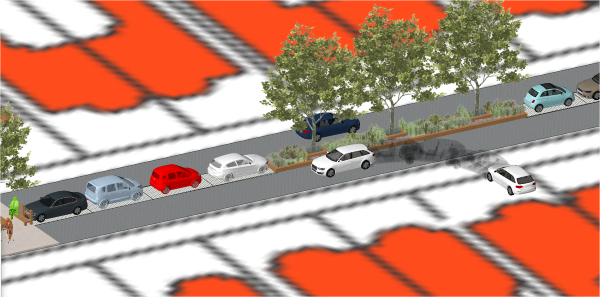
Social areas with seats to encourage residents and passers by to sit, talk, read, get to know each other
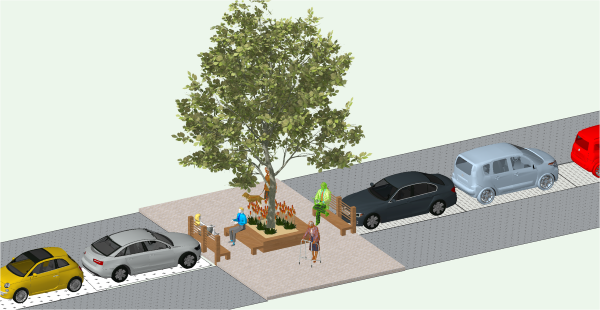
Dedicated play / family areas secured by railings
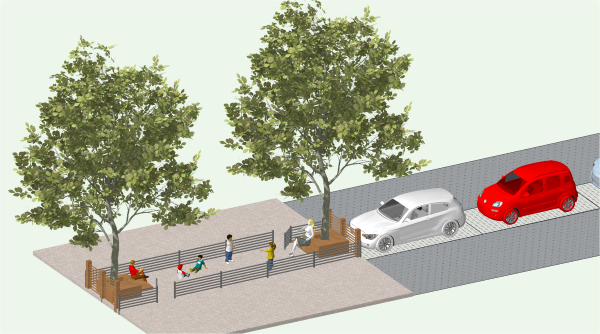
Planting in raised beds to ensure existing underground services remain undisturbed
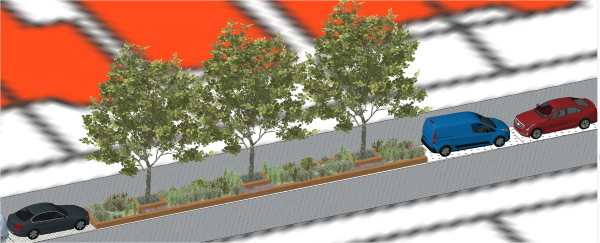
Social areas laid with contrast paving that continues across to pavements, raising awareness of pedestrians
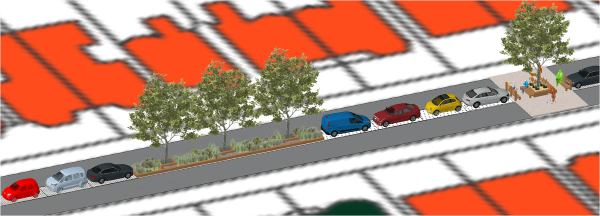
Contrast paving across the road forms gently raised humps for speed control
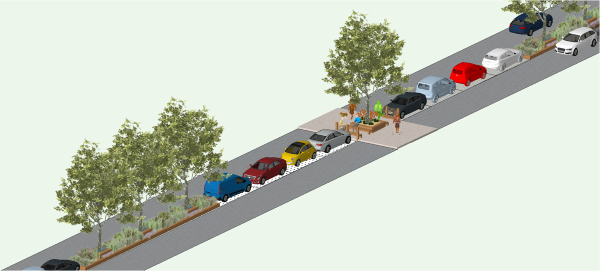
Signage at each end of the road (branded to create a Lakes Estate identity?)
Welcome to Old Park Road
We are part of the Lakes Estate Quieter Neighbourhood.
If you are driving along our road we hope you live here or are visiting / delivering.
If you are using this road as a cut-through, please do not.
We hope pedestrians and cyclists linger to use our social areas and enjoy our planting.
We hope that many more streets become beautiful urban oases, promoting
health and well-being and improving air quality in built environments.
Concept only – discussion / regulatory points
(Note – existing street trees not included in visuals but would be retained)
- ensure sufficient width for emergency & utility vehicles
- ensure sufficient road width for all vehicles exiting driveways
- maintenance of plant material (resident gardening groups / residents financial contribution to professional gardeners?)
- ditto irrigation – trees & plants watered by residents especially during establishment period
- long term commitment to the scheme, once current residents have moved on?
- capital / installation costs / LBE Budgets?



 It must be a horrible road to live on and needs to be filtered to stop the rat running.
It must be a horrible road to live on and needs to be filtered to stop the rat running. 